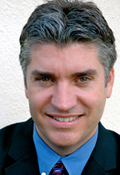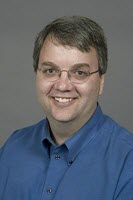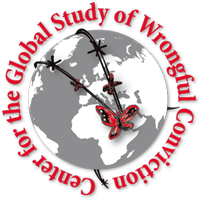From news source:
THE acquittal of Jeffrey Gilham is the latest in a string of decisions that reveals the serious systemic failures in the use of scientific evidence in NSW, one of the country’s top forensic law authorities says.
As further revelations emerged about the failure of prosecutors in the Gilham case to call a key expert witness, Gary Edmond from the University of NSW said the case highlighted the need for radical changes to the way expert evidence was both formulated and presented at trial.
”[Jeffrey] Gilham, [Gordon] Wood … they all reveal serious and systemic problems in the ability of our criminal justice system to credibly engage with scientific and medical evidence,” Professor Edmond said yesterday following the NSW Court of Criminal Appeal’s acquittal of Mr Gilham over the 1993 murder of his parents.
In reaching its decision, the court found that vital pieces of scientific evidence presented to the jury in Mr Gilham’s second trial were seriously flawed and t this had resulted in a miscarriage of justice.
Among the flawed pieces of evidence were the opinions of three scientific authorities that there were ”similarities” between the clusters of stab wounds on the bodies of the victims.
The judges concluded that not only were these opinions without scientific foundation, but prosecutors were aware that another expert had tested the claims and found they were incorrect.
Before the start of Mr Gilham’s first trial in March 2008, the Crown prosecutor Mark Tedeschi, QC, received a report from Stephen Cordner, the then head of the Victorian Institute of Forensic Medicine, to this effect.
However, Mr Tedeschi rejected this evidence as ”plainly unreliable” and based upon “a complete acceptance of the accused’s account”, electing not to call the professor as a witness.
The prosecutor in the second trial, Margaret Cunneen, SC, also did not call Professor Cordner.
The judges found the decision ”does not withstand scrutiny”. ”an objective and detached prosecutor would have rejected any suggestion of bias in [Professor Cordner’s] methodology or his conclusions”, the appeal panel found.
Professor Edmond said this highlighted the fact that prosecutors in NSW were often more focused on the capacity of forensic evidence to persuade a jury rather than its actual validity.
He said it revealed problems about the general use of scientific evidence, in particular that such evidence was often not based on proper peer-reviewed research.
”Forensic techniques and evidence relied on routinely by investigators and prosecutors have never been assessed for their validity and reliability,” he said.
”We have no idea if many of the techniques in routine use actually work or how accurate they are.”


















Yes, Gilham’s acquittal does reveal serious flaws in the use of scientific evidence in NSW. If Dr Alan Cala had been invited to give a submission to the appeal judges he would have totally discredited (with his own scientific findings) the opinions of the American “expert” on CO levels. The American’s dubious opinions so swayed two of the three judges that a convicted murderer walked free. Wrongful conviction be buggered.
This article only mentions one example of the flawed evidence used to convict Jeffrey Gilham. Other examples: The jury were shown diagrams, rather than photos of the crime scene, and the diagrams did not match the photos. So the jury did not see that Mrs Gilham had run into the lounge room towards the intercom rather than to the phone; the judge decided that evidence relating to Christopher Gilham’s planned suicide was “irrelevant” so the jury didn’t get to hear of that; the original fire evidence was discredited by the appeal experts; and some witness statements changed so dramatically between the events of the night and the first trial, that they became irrelevant themselves. The acquittal was so abrupt and covered so briefly in the media, the Australian public did not hear all the reasons behind it.